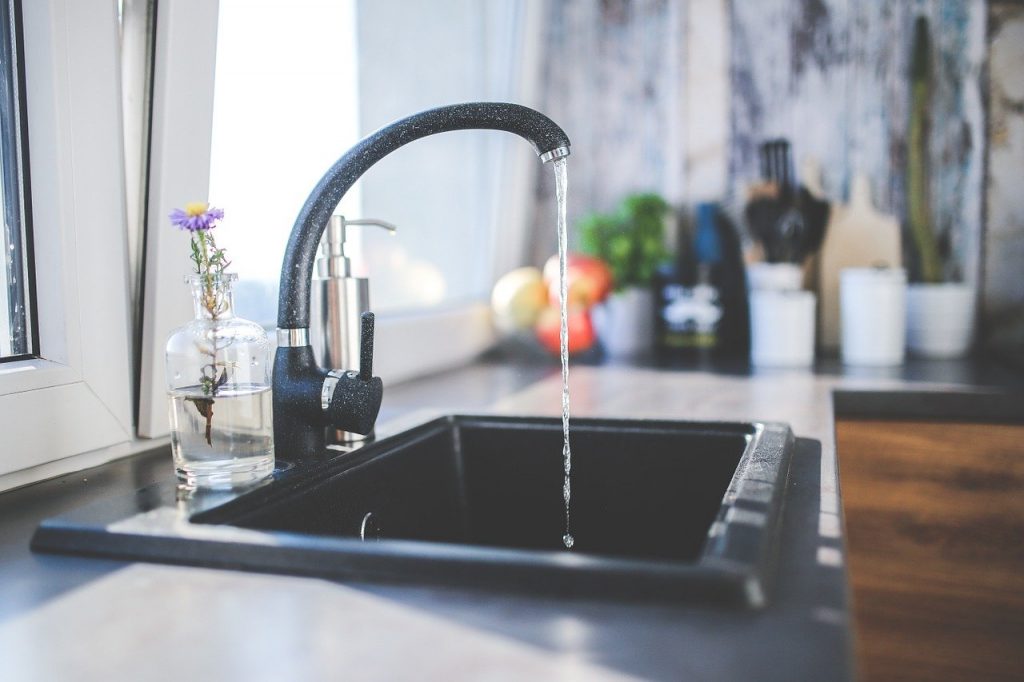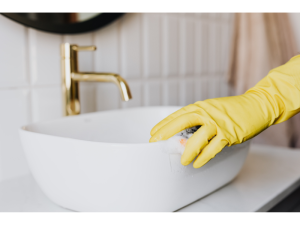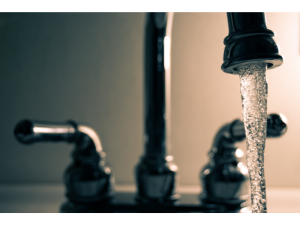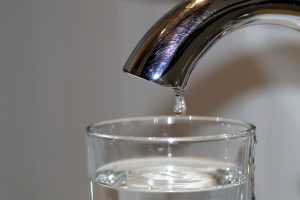Low well water pressure in a home can be a nuisance. Just when you have turned on a shower after a long day, getting a trickle because other appliances are using water can be frustrating. If your source of water is a well, it might be the cause of the low water pressure woes in your home. Luckily, it can be solved. However, for any homeowner, fixing water pressure issues from a well can be tricky. While some causes of low water pressure are easy to fix, others require professional plumbing help. The initial step would be to identify the cause of the low pressure, whether it’s a faulty well pump or even clogged pipes.
Here are methods that have been proven effective in increasing water pressure from a well:
1. Inspect the well water
Could the culprit for your water pressure issues be the well water, after all? If you notice changes in the water pressure from a well, start by inspecting the well water. Since wells are sources of hard water, the mineral deposits can clog around the faucets. Also, well water can contain other impurities that can potentially block pipes or cause low water levels.
2. Inspect the pipes
Clogged pipes are among the major causes of low water pressure in most homes especially if the source of water is a well. To get back your optimal water pressure, start by inspecting the pipes and carefully note any clogs or blockages. If you notice any blockages, do not try to flush out the clogs as you can damage the water system further.
Clogged pipes are common with well water since it’s a source of hard water. Installing a water softener in the whole house can prevent such instances of clogs.
However, before you think of any DIY method to unclog pipes, talk to a qualified plumber and devise a safe way to unblock the clogs. Your plumber can either carry out:
- Pipe removal and cleaning– If necessary, your plumber may remove the clogged pipes, detach them from the plumbing system, use powerful cleaners to remove deposits causing the clogs, and restore the pipe to the plumbing system.
- Pipe replacement– In some instances, the only solution to blocked pipes is an entire replacement. This is the case where pipes are made with corroded older material. These should be replaced with pipes made of corrosive-resistant materials such as PEX, copper, or CPVC.
- Use of air pressure– Applying air pressure to clogged pipes is one of the methods that can be used to unclog blocked pipes.
3. Install a constant pressure system
If the pipes in your plumbing system are not blocked, then you might consider installing a constant pressure system. This will regulate the water pressure even in instances where the water draw is turned up. It’s an excellent way to pump water to rooms located on different floors as it ensures that each room gets constant water pressure. Installing a constant pressure system is not only a non-mundane task but also ensures you get constant water pressure in your home.
4. It’s time to adjust the pressure switch
This could be the culprit to your low water pressure woes in your home. If the pressure switch is set below the ideal standard, then you will continue experiencing low-pressure issues no matter how many other issues you solve. When adjusting the switch, note that the amount of water that will be drawn back to the pressure tank will be decreased. Also, if your well pump does not increase the water pressure beyond what is set, adjusting it higher may not solve the low-pressure issue. If you still experience low-pressure issues even after adjusting the pressure switch, then the switch could be faulty. Consider getting a new one.
5. Check for low pressure in the pressure tank
If you have installed a pressure tank, check the captive diaphragm or air bladder. Since this holds a given amount of air pressure, a failed pressure tank can cause low-pressure issues in your home.
6. Unclog the gate valves
Stuck or clogged gate valves can cause low water pressure. To counter this, turn them on and off regularly. This is because the gate valves can get stuck and fail to open or close if they have not been in use for a prolonged period.
7. Change your water pump
Most wells with low-pressure issues often have the wrong water pump in use. While a pump can serve the water needs well for a given period, certain factors such as lower water levels can affect its performance.
If you are considering switching your well pump, you can either:
- Purchase a well pump with a higher flow capacity – If you have tried other methods to increase water pressure to no avail, then you might want to consider switching your current well pump with a higher flow capacity. Different well pumps have varying flow capacities and flow rates.
- Replace the well pump with a variable speed pump – A variable speed pump is a water pump where the pumping speed is regulated by the demand for water. The pumps have a device that measures the demand for pressure and adjusts the flow rate as per the demands. Some variable speed pumps can eliminate power surges since they have a slow start-up. This reduces torque on the piping as well as the pump. Variable speed water pumps are more powerful than regular water pumps since the motors can run two times faster than regular well pumps.
- Install a water pressure booster pump – This is another excellent way of increasing water pressure in your homestead from a well. A pressure booster pump will be useful if the water pressure is lower on the top floor of your home compared to the ground floor. This is because most standard water pumps are incapable of pumping water efficiently to higher floors of certain homes.
While DIY may seem the best way to increase the water pressure from a well to your home, a small mistake can negatively affect your whole plumbing system. Whether you are dealing with unclogging clogged pipes, replacing them, or changing the water pumps, remember to seek the services of a qualified plumber.








